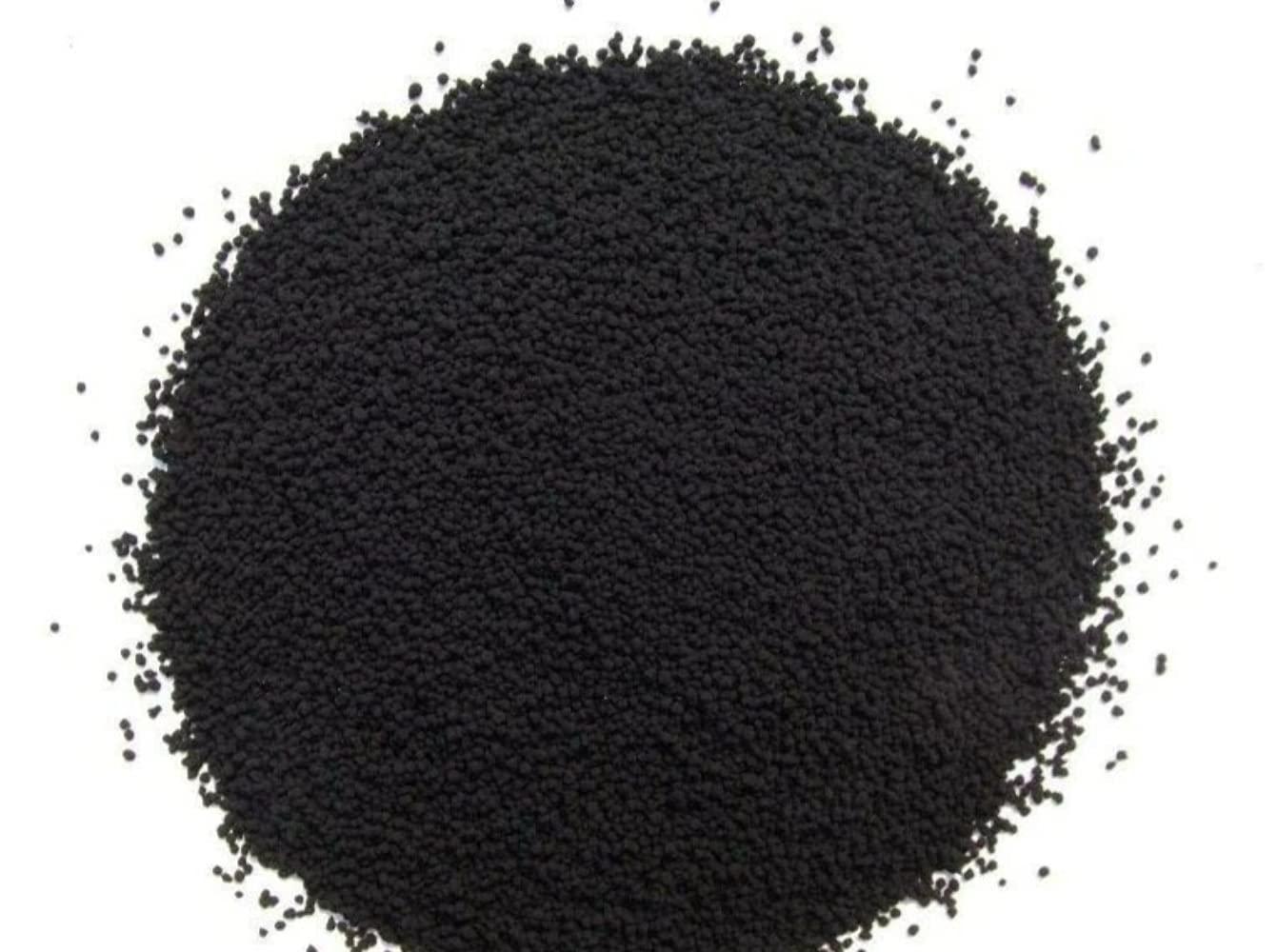Conductive carbon black has emerged as one of the most widely used conductive additives in plastics, elastomers, coatings, paints, batteries and other applications. With its excellent conductivity properties and cost-effectiveness, it is revolutionizing industries. Let us explore the fascinating world of conductive carbon black in this article.
What is Conductive Carbon Black?
Conductive carbon black is a specially manufactured form of carbon black that exhibits enhanced conductive properties compared to regular carbon black. It has a quasi-spherical structure and large surface area which allow it to enhance conductivity when mixed with insulating polymers and materials.
The manufacturing process of conductive carbon blacks involves controlled pyrolysis or thermal decomposition of hydrocarbon feedstocks such as natural gas, coal tar or oil under controlled temperature and pressure. This imparts a highly branched, chain-like morphology to the carbon black particles which is key to its conductivity.
Post-production processing steps such as milling, coating and washing are also carried out to tune the electrical and mechanical properties of the carbon black for specific end-use applications. Overall, the special structures of conductive carbon blacks provide efficient pathways for electron transport in composites.
Properties and Characteristics
- High surface area ranging from 80-500 m2/g which allows for greater interaction with polymer matrices
- Particle size usually between 10-500 nm depending on grade
- Electrical resistivity as low as 10-100 ohm-cm enabling excellent bulk conductivity
- Ability to form conductive networks at very low loadings (0.5-5 wt%)
- good dispersion ability and mixing properties
- Heat and light-fast which retain conductivity over time
- Chemically inert and non-reactive with most materials
Applications of Conductive Carbon Black
The versatile properties of conductive carbon black have enabled its use across many industries:
- Tires and rubber products: Used as a filler and reinforcing additive to provide conductivity for anti-static applications. Improves tire safety.
- Plastics: Added to polyethylene, polypropylene, nylon etc. to make static dissipative and electrically conductive plastics for EMI shielding applications.
- Coatings and inks: Forms the basis for conductive coatings and inks used in printed circuit boards, buttons, displays and other electronics.
- Batteries: A key additive in lithium-ion battery cathodes and anodes where it enhances electrical contact. Improves battery performance and life.
- Filters: Used in cross-flow filtration modules for food and beverages to reduce electrostatic effects.
- Construction materials: Makes concrete, drywall, flooring materials conductive to prevent electrostatic discharges.
- Healthcare: Found in ECG electrode gels, defibrillator pads for its biocompatibility and conductivity.
Manufacturing and Supply Trends
The global conductive carbon black market size was valued at over USD 850 million in 2019 and is projected to grow at a CAGR of over 6% from 2020 to 2027. The increasing demand from lithium-ion batteries for electric vehicles is a major driver of growth.
Asia Pacific, led by China, is currently the largest producer and consumer of conductive carbon blacks accounting for over 55% of global capacity. However, manufacturers in Europe and North America are also expanding capacities to cater to local demand.
Given the increasing conductive applications, many carbon black producers are focusing on specialty grades of conductive carbon black with enhanced or tailored properties. Supply chains are also being localized to reduce transportation costs. Several manufacturers also offer analytical testing and R&D support services to customers.
Sustainability initiatives around conductive carbon blacks include using renewable feedstocks, recovering carbon emissions, optimizing production processes for efficiency and developing recovery/recycling techniques.
Future Outlook and New Applications
Conductive Carbon Black is poised to play an even bigger role in developing advanced materials systems of the future across new application areas:
- 5G communications: In future ultrathin, lightweight and flexible circuits, substrates and components.
- 3D printing filaments: Conductive carbon blacks in nylon and thermoplastic filaments for 3D printing functional electronic parts.
- Solar PV cells: As an additive in solar backsheets to prevent static build-up and improve device efficiency and lifetime.
- Smart fabrics: In developing washable, stretchable e-textiles integrated with sensors and heaters using conductive yarns and fabrics.
- Implanted devices: Biocompatible, highly conductive carbon blacks can enable implantable medical sensors and diagnostic tools.
Overall, conductive carbon black exemplifies how simple carbon nanostructures can revolutionize industries through their outstanding electrical properties combined with low costs. Continued innovations are expanding its applications into new frontiers of materials and technologies.
Conductive Carbon Black: Revolutionizing Material Science for Enhanced Electrical Performance
Conductive Carbon Black in Action: A Pioneering Approach towards Sustainable and Efficient Conductive Materials
Get More Information Here: https://www.newsanalyticspro.com/conductive-carbon-black-its-electrical-and-thermal-conductivity/
